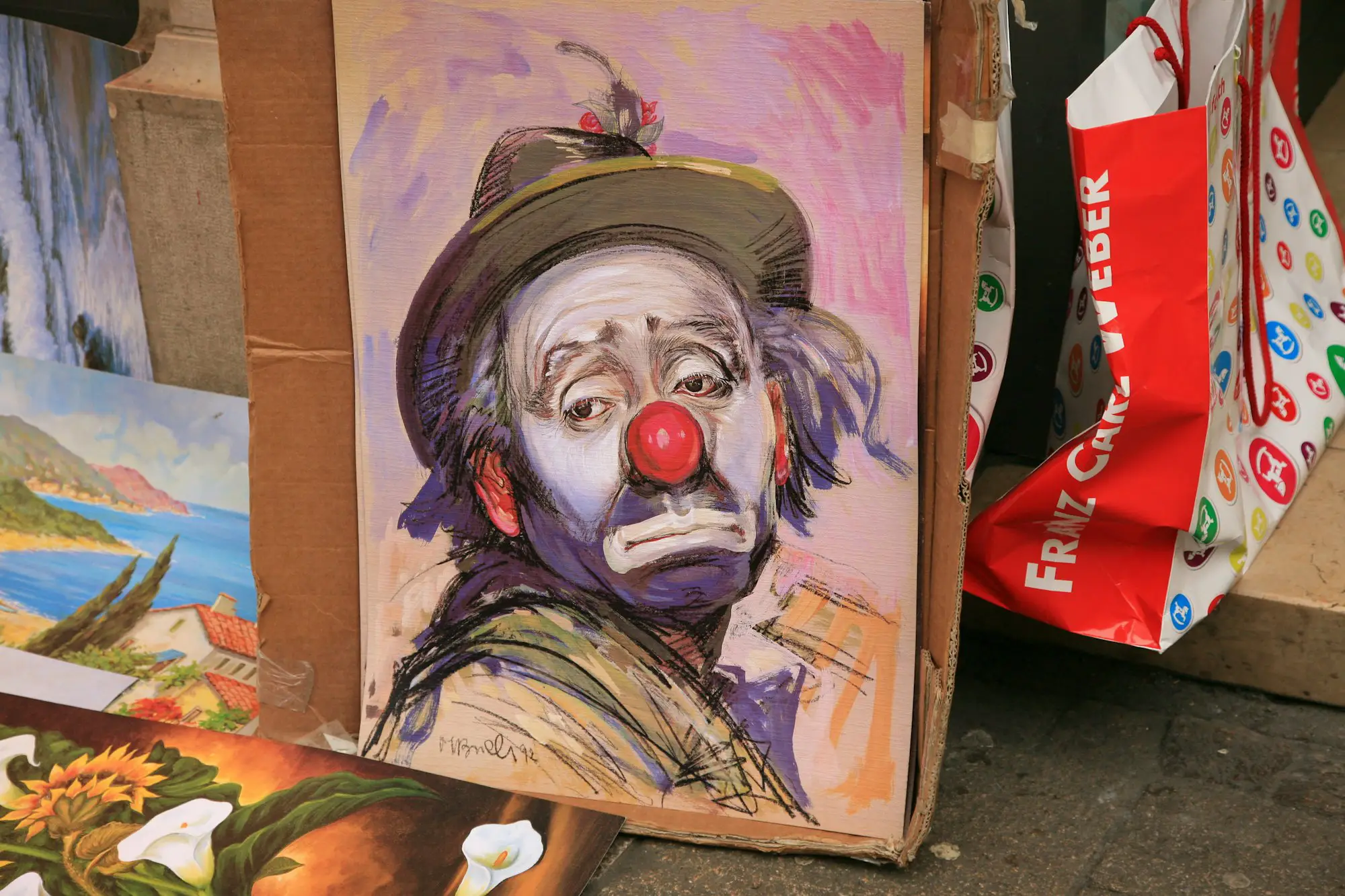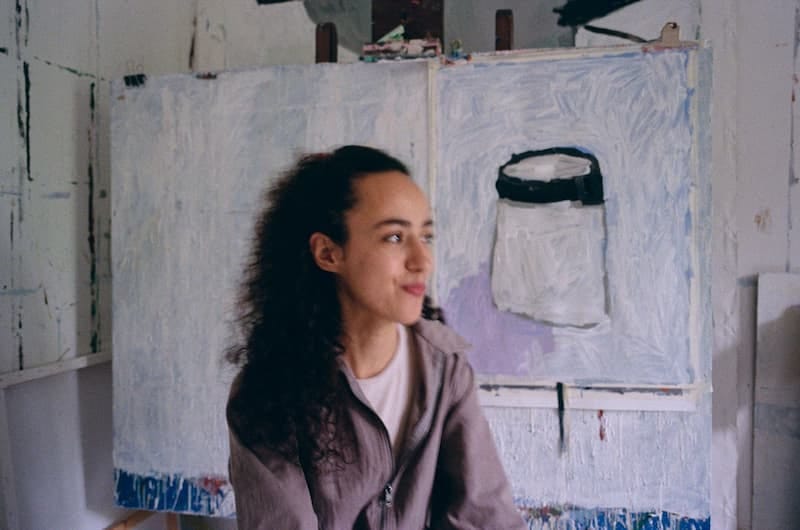Art Investment 101: How to Build a Collection That Grows in Value
Step into any quiet, white-walled gallery and you feel it first in the pulse, not the pocketbook. A Richter horizon or a Njideka Akunyili Crosby domestic scene can stop the day cold, reminding you that art’s primary dividend is astonishment. Yet astonishment has a balance sheet. Contemporary works—judiciously chosen, patiently held—have returned an average of 11.5 percent a year between 1995 and 2023, edging out the S&P 500 by almost two percentage points and leaving gold to glimmer at a modest 5.9 percent.
Numbers, of course, aren’t the only story. Art moves to its own metronome, largely untroubled by the spasms of equities. During the 2008–09 market carnage, global stocks were halved; fine-art indices sagged about 27 percent—painful, yes, but hardly catastrophic for an asset that also occupies wall space and cocktail-party conversation. Scarcity does some of the work (each major piece is irreproducible), but cultural value does more: paintings live in museums as well as in balance sheets, and that double citizenship tends to steady them in storms.
For collectors, the lesson is clear but hardly simple. Treat acquisition as both scholarship and strategy. Set a horizon measured in exhibitions, not quarters. Budget for insurance and conservation alongside brokerage fees. If you do the homework—visiting studios, reading catalogues raisonnés, tracking secondary-market whispers—you may wake up one year to discover that the canvas that first caught your breath now quietly underwrites your grandchildren’s education.
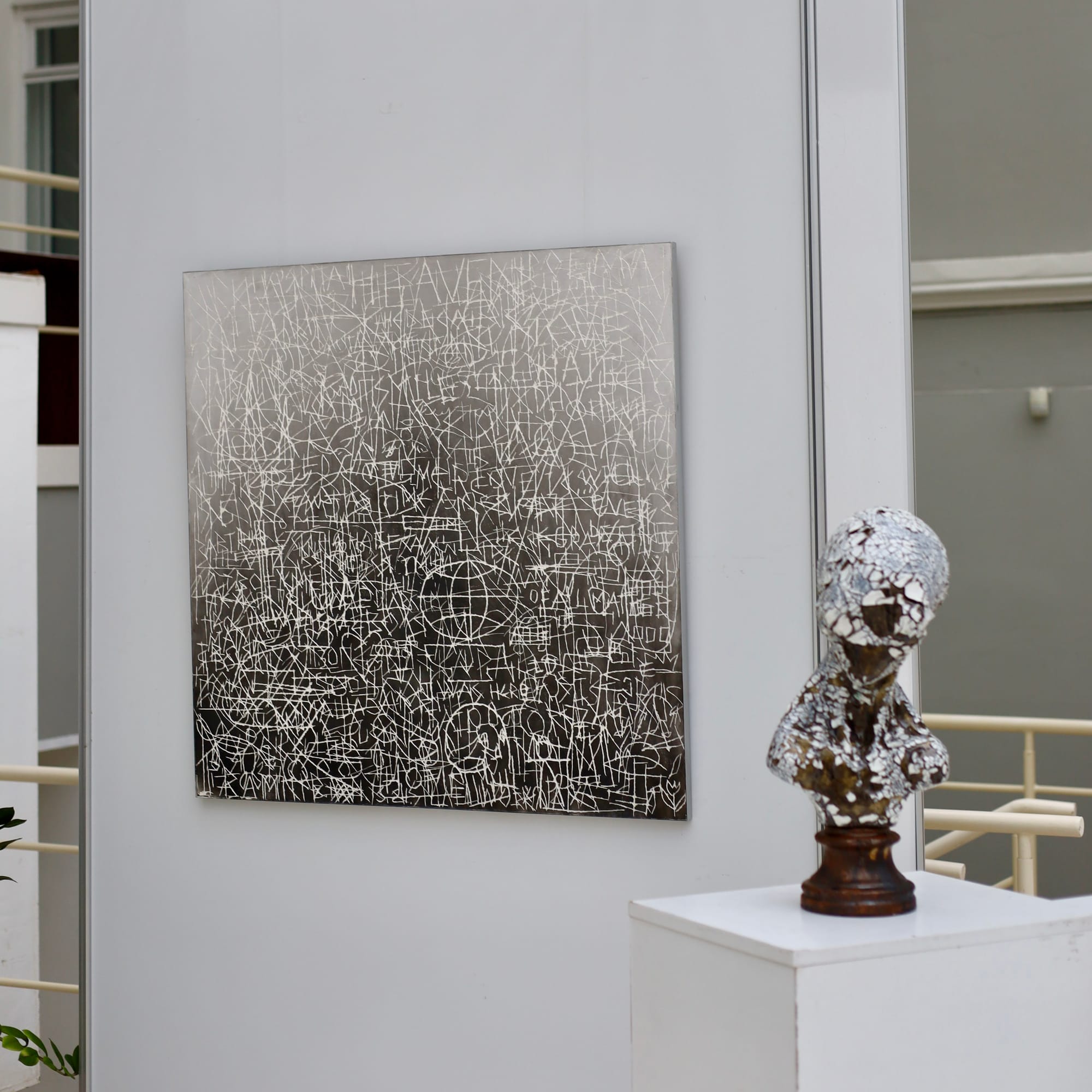
Investing in art is, finally, an act of faith: faith in the artist, faith in the market, and faith in your own eye. When those three vectors align, the returns—emotional and financial—can be nothing short of luminous.
Why Invest in Art?
Stand at the rail of a New York evening sale-or flick open a bidding app in Hong Kong at dawn-and you’ll see the same choreography: a hush, a paddle, a number that feels less like a price than a heartbeat. Last year, those heartbeats added up to roughly $65 billion in transactions, proof that art is no fringe indulgence but a market with the breadth of a mid-size economy. Still, the grammar of canvases and sculptures resists the syntax of equities. You start not with a spreadsheet, but with a jolt of recognition: a Giacometti stride, a Jordan Casteel gaze, something that feels as inevitable as weather.
That first emotional charge is hardly naïve. Contemporary indices have climbed between eight and twelve percent a year for decades, while Sotheby’s own repeat-sales gauge has notched about 8.5 percent annually since 1950. Such numbers whisper credibility in a language Wall Street understands. Yet what keeps analysts up at night-correlation-is where art yawns and rolls over. In recessions, the Dow can lurch; blue-chip pictures mostly glide, cushioned by rarity and by the stubborn human need for stories we can frame.
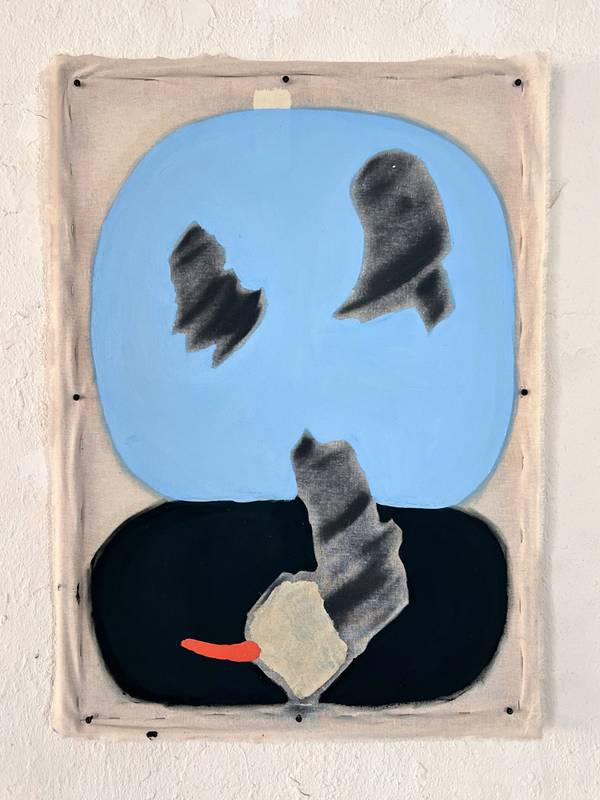
There is, too, the portfolio alchemy: a physical hedge against inflation that you can light with a gallery bulb, a low-beta sliver that steadies broader swings. The CAIA Association’s modeling shows that a measured dose of art can lift returns and dampen volatility-an elegant arbitrage between the head and the heart.
But art’s real dividend accrues daily, not decade-to-decade. A work on your wall radiates memory, context, the small civic duty of keeping creativity in circulation. The seasoned collector knows this and waits-through market sputters, studio breakthroughs, catalogues raisonnés in the making-until one day the painting that once felt like a splurge has quietly become an anchor of both balance sheet and being. In the interim, it pays in joy, which, unlike equities, compounds in plain sight.
Understanding Art’s Value and Market
Walk into any seasoned dealer’s booth at Frieze, and you’ll feel it: prices here are written in whispers, not flashing tickers. The art market moves on pulses of reputation, scarcity, and collector appetite, each auction a small weather system of its own. Without a Bloomberg terminal for canvases, buyers look to precedent: what did the last comparable Morandi fetch, which private sale nudged a Kusama upward? The venerable Mei Moses index, tracing like-for-like resales since 1810, clocks an annual clip of roughly 8.5 percent—a reminder that, over time, patience tends to outpace panic.
Yet those averages hide a brutal truth: barely one percent of artists generate more than half of global turnover. Powerhouses—Picasso, Kusama, Basquiat—set the bar, their signatures a kind of reserve currency. For everyone else, value hinges on four levers:
Artist reputation
Exhibition history, museum shows, biennials: a career’s scaffolding is often the surest bid. Seasoned collectors scour CVs the way analysts parse earnings calls.
Rarity and demand
Each canvas is a single-edition story. When an artist taps the zeitgeist, scarcity turns kinetic—witness the eight-figure leaps in Basquiat’s auction tallies.
Condition
Humidity, sunlight, even a hairline stretcher crack can shave zeros. Serious buyers demand ultraviolet scans and conservator reports before they lift a paddle.
Provenance
A clean chain of custody—think museum loans or a blue-chip collector—adds a varnish of trust. Gaps invite discounts; ironclad paperwork invites bids.
Where a work sells matters, too. Brick-and-mortar galleries trade on context and discretion, while online platforms flatten geography and widen supply. Last year, nearly sixty percent of collectors bought art digitally, many for the first time. Access democratized, vigilance must follow: certificates, condition photos, and virtual viewing rooms now stand in for the old-school back-room inspection.
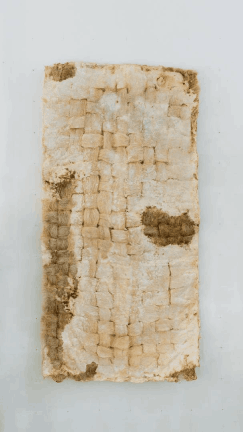
Markets are cyclical, appetites fickle. But a well-chosen piece can outlast both, accruing not just capital gains but cultural gravity. In the end, value is measured twice: once by the hammer, and again by the hush it brings to a room.
Setting Goals and Budget
Every collection worth its salt begins not with a bidding paddle, but with an honest reckoning: what do you want from art? Beauty alone? Capital gains to beat inflation? The wiser course braids feeling with finance, giving each a vote.
Goal-setting
Pick the horizon first, not the trophy. One resonant piece every few years can outweigh a dozen impulse buys, while a tight thematic arc — say, post-digital figuration or Kyiv-school abstraction — builds narrative equity and, in time, market heft.
Budget
Art happily expands to fill any wallet and just as gladly empties it. Decide what you can spend without flinching if prices stall. Cap each purchase, or fence off an annual allowance, and bargain hard; dealers respect a firm line.
Scope and theme
Collections that cohere appreciate in chorus. Photograph what thrills you in galleries, pin the patterns, and follow them. Concentrating on medium, movement, or geography turns curiosity into compass — and often adds a premium.
Time
Canvas capital is slow capital. Plan to hold a work through at least one election cycle, preferably two. Quick flips are rare, risky, and taxed heartily; the compound interest here is counted in exhibitions, not quarters.
Disciplineit
Finally, it is the guardrail that keeps collecting from devolving into either spreadsheet drudgery or runaway romance. Write the plan — goals, budget, timeline — and then let instinct have its say inside the lines.
Building Your Collection
A collection begins the way a novel does: with voice and intention. Goals set, you now face the real work of choosing. Here is how seasoned eyes turn first impulses into a living archive of objects and ideas.
Buy what moves you
Trends are weather reports - useful, fleeting. A piece that quickens your pulse will keep paying emotional dividends when the indices cool. Joy is the one return the market can’t claw back.
Study like a curator
Read biographies, dig through auction catalogs, binge art history. Price databases on Artsy or Artnet show precedent; studio visits reveal future potential. The deeper the file in your mind, the surer your bid.
Begin at the edge
Emerging painters, recent MFA graduates, limited edition prints - these are affordable portals into originality. Early patrons of still-ascending names often find their foresight rewarded, but even if values stall you will own the record of a moment.
Work the room
Galleries, student shows, art fairs, open studios - each is a classroom. Conversations with dealers and artists surface back-stories not listed on price sheets and sometimes a sleeper work still on the rack.
File everything
Receipt, condition photo, certificate, wall label, critical review - every scrap is provenance in the making. A tidy dossier is your passport when insurers ask questions or a future buyer knocks.
Stay supple
A tight theme gives coherence, yet allow space for surprise. If a ceramic or NFT suddenly speaks to the thesis of your wall, welcome it. Collections breathe; they don’t harden.
Above all, savor the long game. Art rewards patience more reliably than hurry. Let instinct steer inside the guardrails of research and budget, and the collection will grow at the tempo of both heart and head.
Essential Factors: Authenticity, Provenance, and Condition
Think of every artwork as a three–legged stool: knock out even one leg and the whole thing tips. Those legs are authenticity, provenance, and condition—the bedrock on which value, liquidity, and reputation rest.
Authenticity
A certificate of authenticity is not paperwork; it is armor. For contemporary artists, the COA should come directly from the studio or authorized gallery, signed and dated. For historical works, lean on recognized scholars, catalogue raisonné committees, or vetted forensic experts. Skip this step and you risk buying an anecdote, not an artwork.
Provenance
Pedigree travels with a piece like scent with perfume. Exhibition labels, auction records, even a shipping invoice from a renowned dealer can add heft—and price—to the story. Insist on a documented chain of custody. A single gap can spook insurers, lenders, and future buyers, slicing potential returns in half.
Condition
Value is often measured in millimeters: a hairline tear, a sun–bleached pigment, the ghost of an old crease. Demand a written condition report and, for six–figure purchases, hire an independent conservator. Once the piece is yours, treat it like a living thing: stable humidity, indirect light, museum–grade packing for every move. An artwork well cared for keeps its brilliance—and its market muscle—intact.
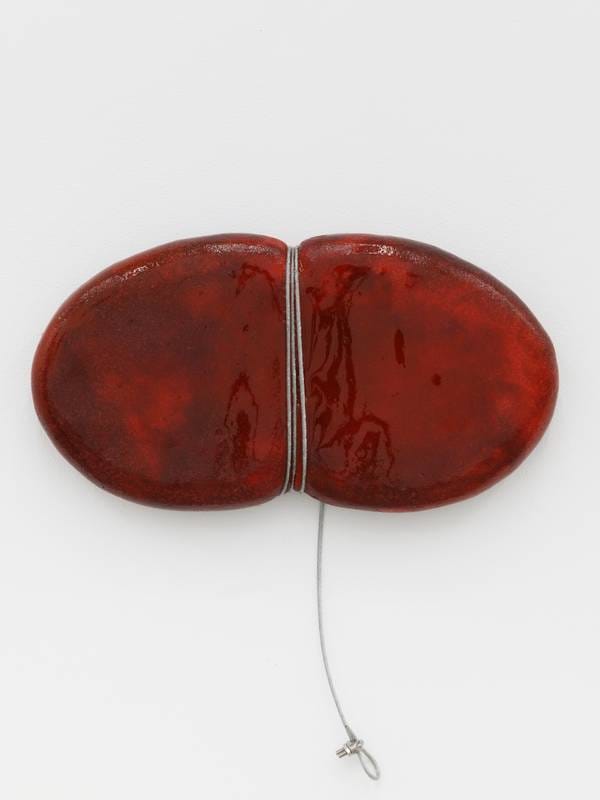
Guard these three pillars and the rest of your strategy can stand tall. Neglect even one, and the cost is more than monetary; it is the slow erosion of trust that no market can forgive.
Emerging vs. Blue-Chip Art
Picture the spectrum of the market as a single canvas: at one end, the proven masters; at the other, tomorrow’s possibilities still drying in the studio. Choosing where to place your money – and your faith – comes down to temperament, budget, and appetite for risk.
Blue-chip names
Picasso, Warhol, Richter – signatures that read like reserve currencies. Their auction histories run decades deep, their exhibitions circle the globe, and liquidity is rarely in doubt. Entry tickets are steep, but the price of admission buys steadier appreciation and an exit door that almost always swings open. A single blue-chip work can serve as ballast for an entire collection.
Emerging voices
MFA graduates, artist-run spaces, the local scene’s best-kept secret – here, upside and uncertainty dance together. Acquisition costs are measured in hundreds or low thousands rather than six-figure sums, but so is the likelihood of disappearing into obscurity. Due diligence – studio visits, critical reviews, whispers from curators – is the collector’s hedge. Catch a career on the rise and a modest outlay can grow five- or ten-fold; miss the mark and you still own an object that once made your pulse quicken.
Blending the palette
Seasoned buyers often split the budget: a cornerstone blue-chip for stability, a handful of promising newcomers for growth. Younger collectors lean naturally toward emerging and digital work; veteran patrons gravitate to the familiar hallmarks of 20th-century giants. The right allocation is personal, mapped to both taste and risk tolerance.
In practice, think of blue-chip pieces as the frame – sturdy, reliable – and emerging art as the fresh pigment inside it. Together they compose a collection that can weather cycles while still leaving room for surprise.
Risks and Considerations
A seasoned collector knows that the glow around a fresh acquisition can mask the darker corners of the market. Before you lift a paddle or click “buy,” weigh these fault lines.
Illiquidity
Art is a slow-moving asset. If cash is king tomorrow, you may find the queue of buyers thin and the offers thinner. Treat every purchase as money you will not touch for years, and stash the emergency fund elsewhere.
Market cycles
Booms invite headlines, busts invite patience. During recessions, even blue-chip pieces can soften. Their slide is rarely as violent as equities, but it lasts longer. Buy with the stomach to hold through lean seasons and the calm to enjoy the work while you wait.
Authenticity and fraud
For every masterpiece there is a shadowy cousin. Demand certificates, expert opinions, and paperwork that ties provenance in a neat bow. A forged signature can drain both the wallet and the will to keep collecting.
Concentration risk
History is clear: a sliver of artists commands the lion’s share of sales. Hedge your bets by mixing generations, media, and geographies. Put too much faith in a single untested name and you may end up with wall décor, not an appreciating asset.
Costs and fees
Insurance premiums, climate control, shipping crates, buyer’s premiums at auction – the meter keeps running after the hammer falls. Budget for upkeep the way you would for closing costs on real estate, and remember that returns are calculated net of these expenses.
Mitigate these hazards with diligence, expert advice, and a timeline measured in exhibitions, not quarters. Done right, the reward is twofold: capital that can outpace inflation and daily access to beauty that no balance sheet can fully describe.

Art collecting sits at the crossroads of wonder and wealth. Set your sights early and realistically, stitch your spending to your means, and read voraciously. When knowledge meets desire, each acquisition becomes a deliberate vote for both culture and capital. Buy only what stirs you-the picture will keep giving even if its price plateaus. Do the homework-artist CVs, condition reports, provenance checks-so that emotion rides on a chassis of fact. Diversify mediums and names, then let time do its quiet compounding. Begin modestly, stay inquisitive, think in decades. The result can be more than décor-it can be a living legacy whose value, aesthetic and financial, deepens long after the paint has dried.
Related Subjektiv Resources
Subjektiv’s blog has many helpful guides for newcomers. For choosing art by feel, see How to Choose Art That Speaks to You: A Guide for First-Time Buyers. For tips on navigating sales channels, read Online Art Marketplaces vs. Traditional Galleries: What’s Best for You? And for practical care advice, our Transport Artwork Safely guide outlines how to handle and preserve pieces.
